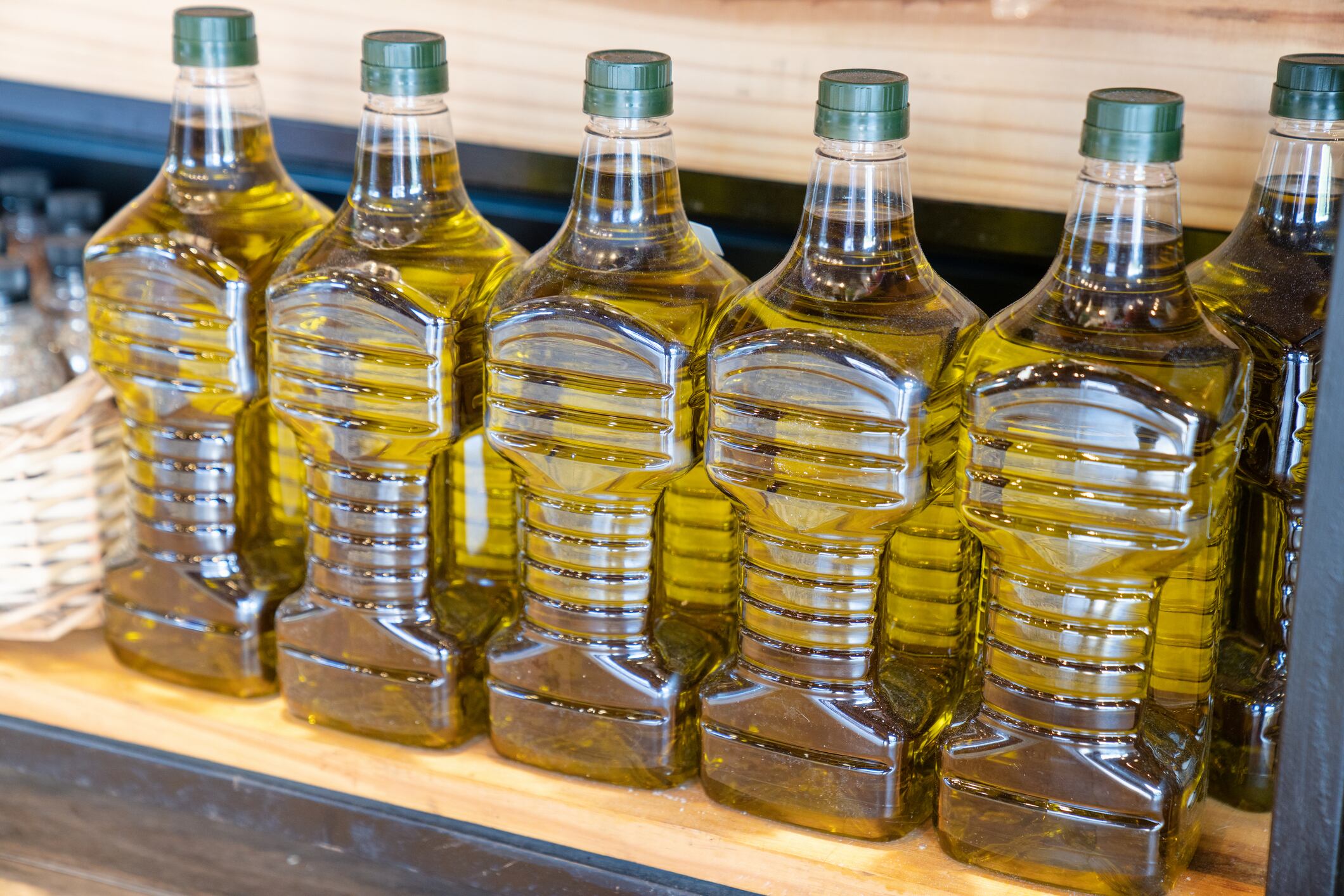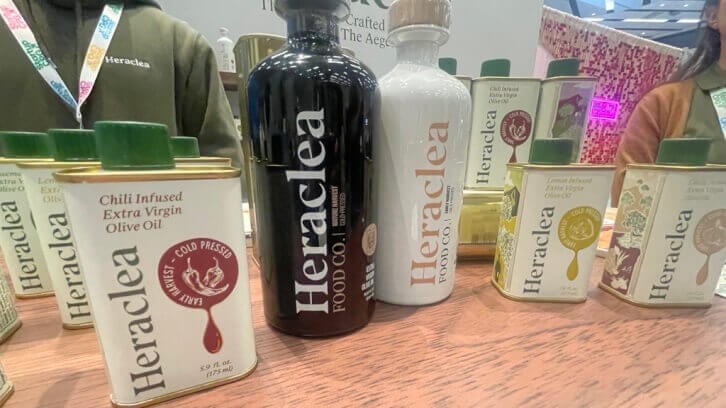Olive oil’s growth is driven by rising consumer demand for sustainability, premium quality and health benefits, while the trend toward high polyphenol content raises concerns about optimal dosage and greenwashing, according to Alexandra Devarenne, director of the Extra Virgin Alliance, the specialty arm of the North American Olive Oil Association.
Since the 2022/2023 crop year, olive oil production tripled over the last 60 years, reaching 2.7 million tonnes, according to data from the International Olive Council (IOC). Leading up to 2024/2025, production is expected to increase by 32% to 3.3 million tonnes, per IOC. In the US, olive oil consumption grew from 28,000 metric tons in the early 1970s to more than 400,000 metric tons in the 2020s, emphasizing consumers’ awareness of its nutrition and flavor characteristics, according to data from USDA’s Economic Research Service. Turkey and Argentina are the top sourced countries.
Sustainability and sourcing transparency appeal to consumers, but tracking these practices is challenging and risks greenwashing, explains Devarenne.
Transparency and traceability are often misrepresented, with companies claiming both without verification, Devarenne notes. Greenwashing remains a major issue, and the US lags behind Europe in regulating sustainability claims, Devarenne added.
Certifications such as USDA Organic and association seals are gaining consumer trust, but standardization remains an issue. Each program has its own criteria — for instance, the EVA seal applies only to the specialty olive oil segment, she said.
Aligning with associations like EVA, NAOOA, or the California Olive Oil Council adds legitimacy, as brands must meet specific requirements to display their seals, she said.
High polyphenol olive oil – does it really matter?
Polyphenols, natural occurring organic compounds, are abundant in virgin olive oil but significantly reduced in refined oil. Research suggest they may offer antioxidant and anti-inflammatory benefits. However, Devarenne cautions brands should be mindful when promoting high polyphenol content, as optimal dosage requires further study, and overstating benefits could risk false health claims allegations.
Polyphenols are also responsible for giving olive oil its flavor – or that sharp and peppery taste – which also indicates polyphenol content, yet the “notion that more is always better with polyphenols” is a slippery slope given the lack of evidence, Devarenne added.
Communicate taste, but keep it simple
For brands, communicating tasting notes can help them stand out on shelves as different oil varieties present various flavors and aromas, Devarenne advised.
For premium extra virgin olive oil, the flavor range is broad, from green, grassy or leafy flavors to fruity and smooth profiles, Devarenne said, adding that “one of the most valuable tools for communicating flavor is the notion of style,” like mild/delicate, medium or robust/intense, and considering the best food pairing for the oil.
While tasting notes can be complex, Devarenne suggests brand “keep it simple and include a few good serving suggestions.”
She added, “Don’t go overboard with descriptors – they are preaching to the choir and don’t really say anything to normal people.”
Brands should focus on flavor and quality aspects of olive oil depending on how the oil will be used. For example, a canned sardine company that uses extra virgin olive oil prioritizes stability and a balanced profile versus using extra virgin olive oil (EVOO) in a restaurant-quality dish to enhance the flavors of different ingredients.
“For cooking or dressings with a lot of other ingredients, I’ll look for an EVOO that is fresh and decent but not necessarily complex in flavor since price is going to be a consideration. For finishing oils, I would look for a lot of flavor and a compelling story. Those are the products that deserve a mention on the menu and server education to add value and appreciation at the table. A pricey EVOO is only going to add a small amount to the cost of a dish, but it can elevate it to a truly memorable level,” Devarenne said.


